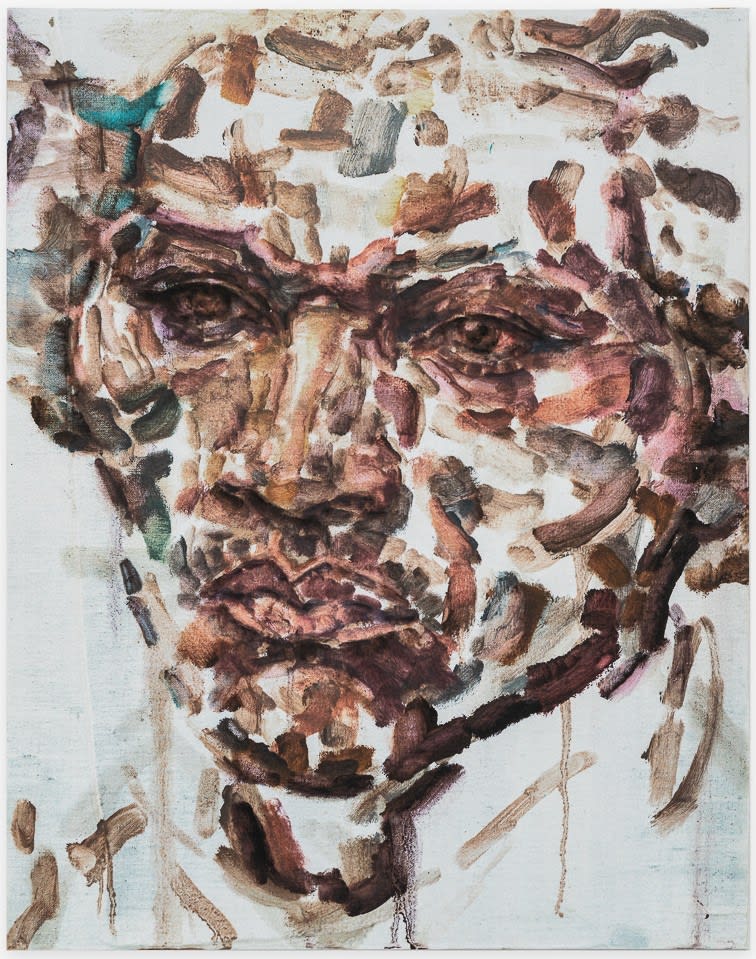Elizabeth Peyton
Frederick Douglass, 1850, 2023
29 layer silkscreen print on 410gsm Somerset tub sized radiant white paper
hand-signed and numbered by the artist
hand-signed and numbered by the artist
47.5 x 37.5 cm - sheet
© Elizabeth Peyton
Further images
In “Frederick Douglass, 1850” (2023), Elizabeth Peyton adeptly merges historical significance with contemporary artistic expression. With Peyton's characteristic gestural style and atmospheric sensitivity, she portrays the iconic abolitionist with a...
In “Frederick Douglass, 1850” (2023), Elizabeth Peyton adeptly merges historical significance with contemporary artistic expression. With Peyton's characteristic gestural style and atmospheric sensitivity, she portrays the iconic abolitionist with a poignancy that invites deeper contemplation. By transforming Douglass into a subject of introspection, Peyton offers a distinctive humanist perspective that transcends mere representation, engaging with universal themes of the human condition.
The piece serves as a testament to her ability to evoke emotional resonance in historical figures, facilitating a dialogue that bridges past and present, and enriching personal and collective memory. It reflects Peyton's ongoing investigation into portraiture as a medium for temporal connection, all while retaining her delicate balance of beauty, desire, and pictorial representation.
Here, Peyton presents a head-and-shoulders portrait of Douglass, rendered in a tightly cropped format that emphasises minimalism and the physicality of her brushwork. The emotional intensity of Douglass's expression is heightened through the subtle layering of short, fluid dabs of oil paint, which define the contours of his face. This technique imbues the composition with a lively dynamism, creating an engaging interplay between form and expression that invites the viewer to contemplate the complexities of Douglass.
The piece serves as a testament to her ability to evoke emotional resonance in historical figures, facilitating a dialogue that bridges past and present, and enriching personal and collective memory. It reflects Peyton's ongoing investigation into portraiture as a medium for temporal connection, all while retaining her delicate balance of beauty, desire, and pictorial representation.
Here, Peyton presents a head-and-shoulders portrait of Douglass, rendered in a tightly cropped format that emphasises minimalism and the physicality of her brushwork. The emotional intensity of Douglass's expression is heightened through the subtle layering of short, fluid dabs of oil paint, which define the contours of his face. This technique imbues the composition with a lively dynamism, creating an engaging interplay between form and expression that invites the viewer to contemplate the complexities of Douglass.
Join our mailing list
* denotes required fields
We will process the personal data you have supplied to communicate with you in accordance with our Privacy Policy. You can unsubscribe or change your preferences at any time by clicking the link in our emails.









